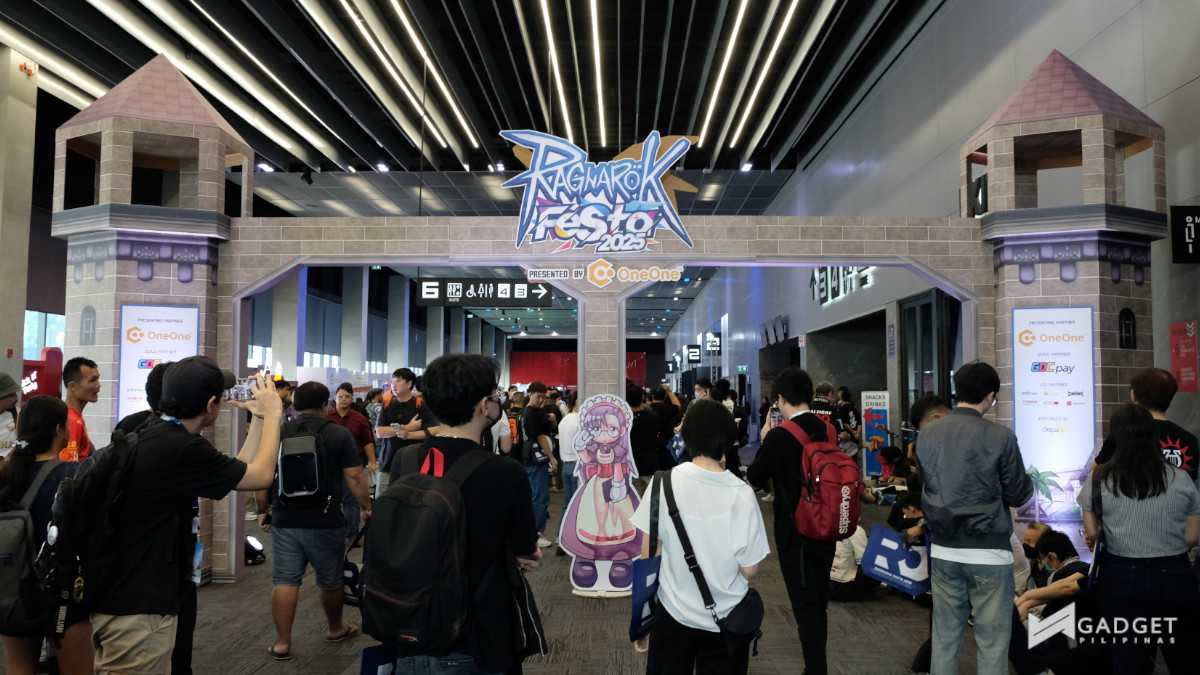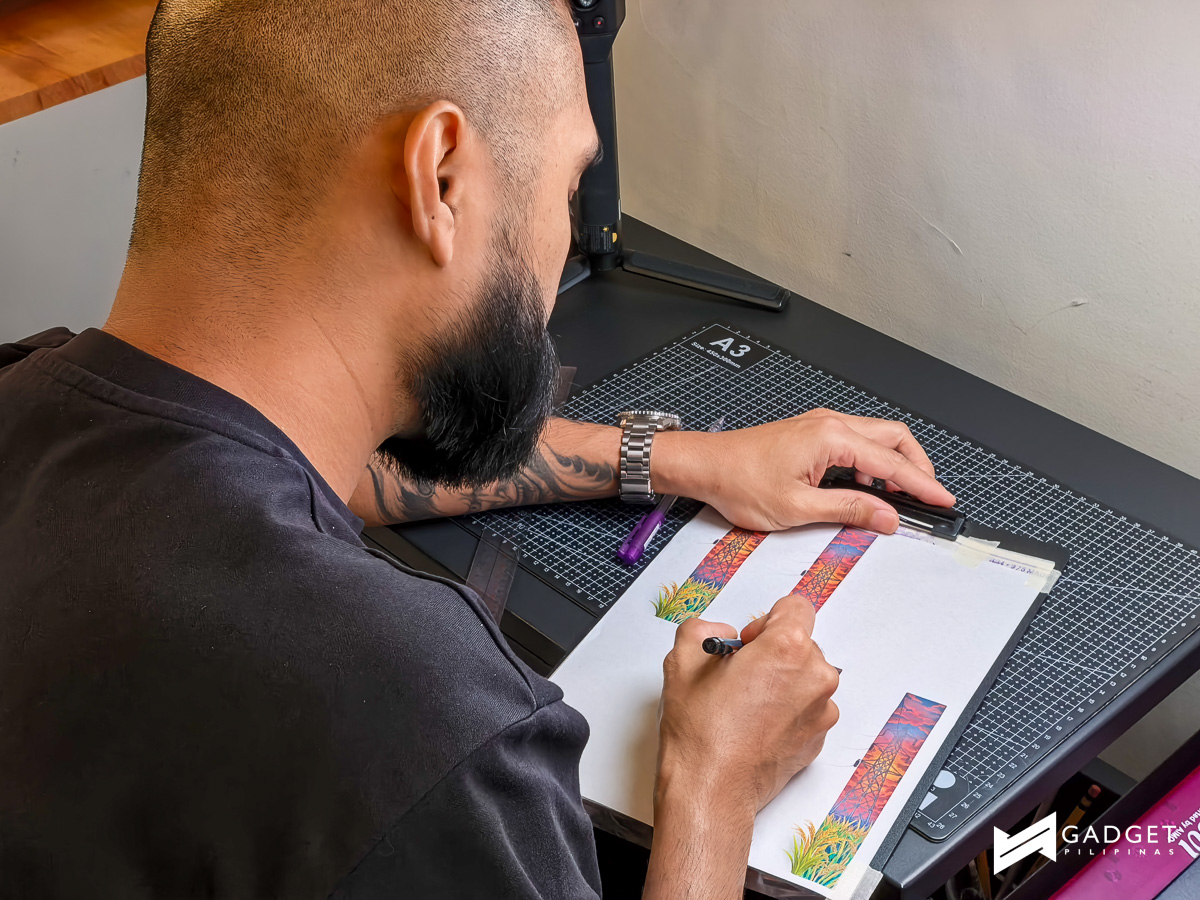Before, we used to only see OPPO’s R-Series smartphones in international news. While usually boasting eye-candy design and capable specs, it was, in fact always a question I had in mind as to why the brand never brought them here, until now.
Today, we’re going to have our first look at something that’s quite special. Here’s our unboxing and first impressions of the first ever R-Series device to officially launch in the Philippines, the OPPO R17 Pro.
Specifications
[table id=207 /]
Unboxing
Design
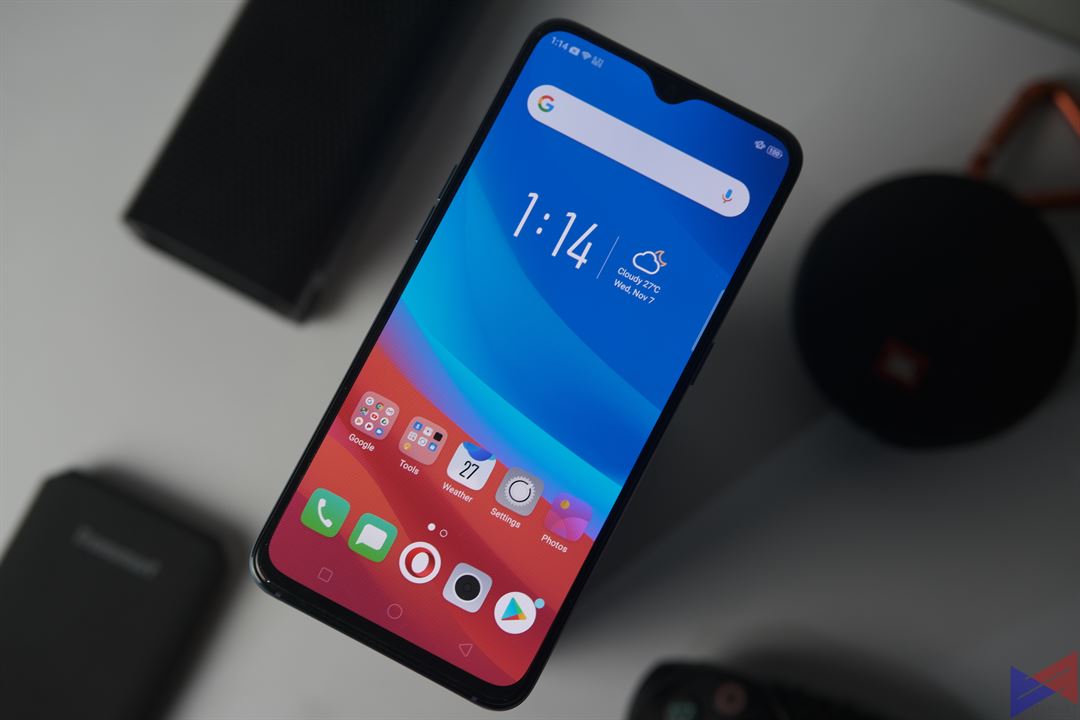 The R17 Pro looks more or less like the F9, especially with that water drop notch. Only this time, the 6.4-inch AMOLED screen is protected by Gorilla Glass 6.
The R17 Pro looks more or less like the F9, especially with that water drop notch. Only this time, the 6.4-inch AMOLED screen is protected by Gorilla Glass 6.
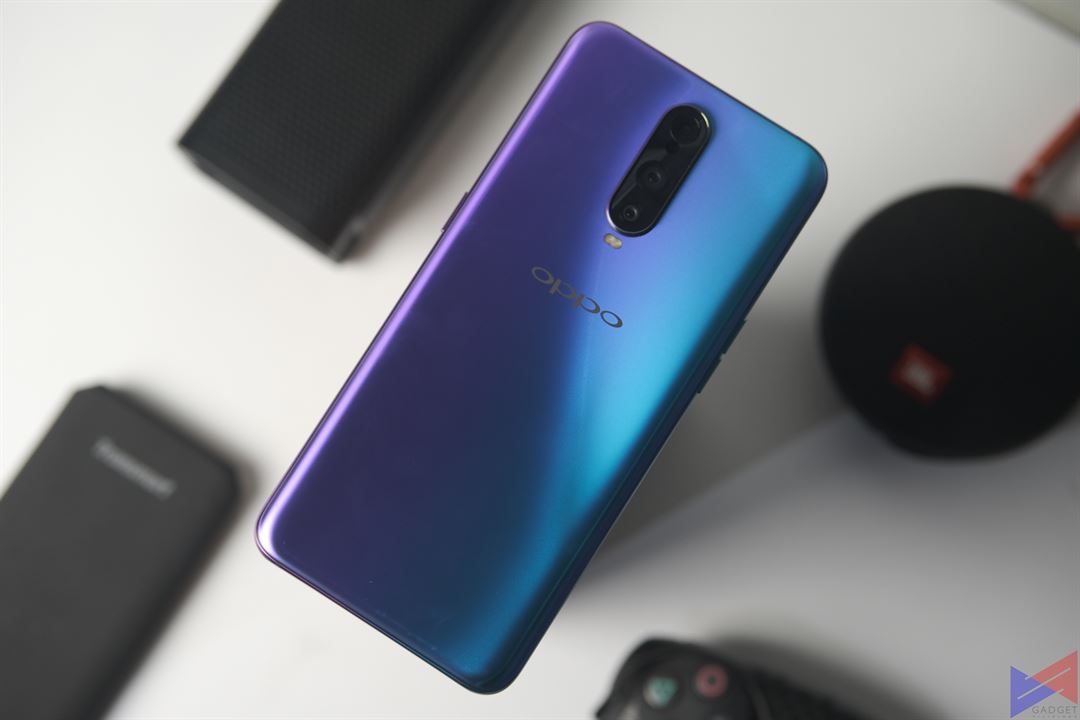 As an attempt to bring more premium looking phones to the market, the surface of the body is specifically designed to give off a satin feel, and is polished with a blue and purple gradient. And while they may have achieved just that, the fact is that the back panel can get quite slippery and is still a smudge magnet.
As an attempt to bring more premium looking phones to the market, the surface of the body is specifically designed to give off a satin feel, and is polished with a blue and purple gradient. And while they may have achieved just that, the fact is that the back panel can get quite slippery and is still a smudge magnet.
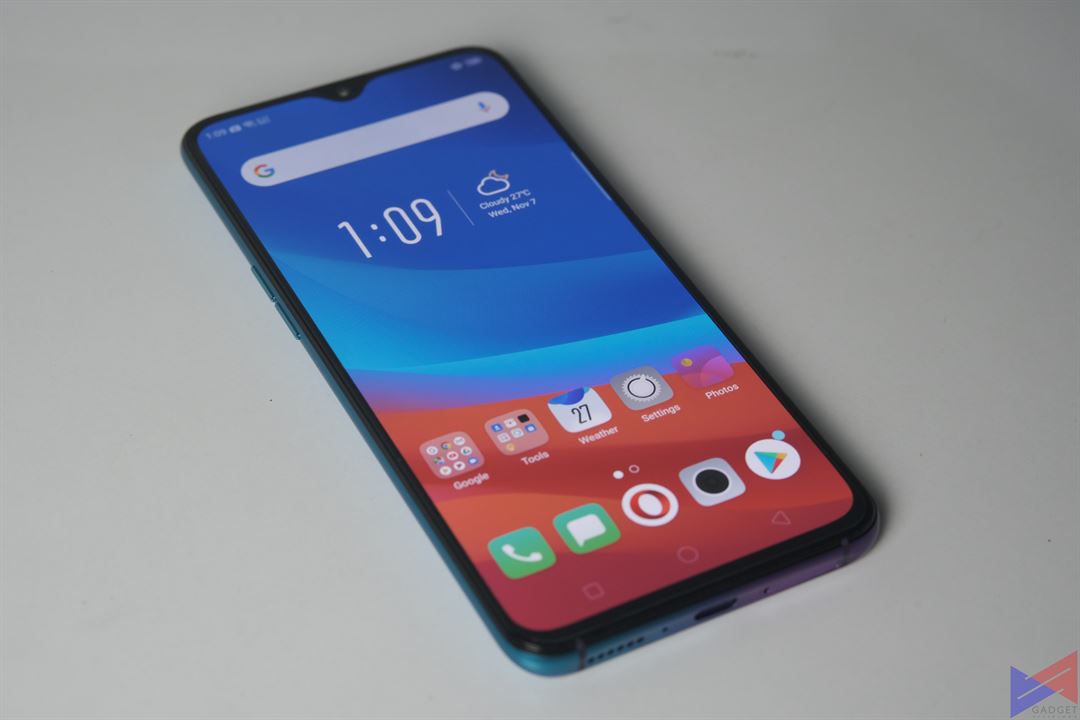 The volume rocker is located on the left, while the power button is on the right. Strangely, OPPO has decided to move the SIM card slot to the bottom, along with the USB Type-C port, the headphone jack, the speaker, and the microphone. It can house two Nano SIM cards.
The volume rocker is located on the left, while the power button is on the right. Strangely, OPPO has decided to move the SIM card slot to the bottom, along with the USB Type-C port, the headphone jack, the speaker, and the microphone. It can house two Nano SIM cards.
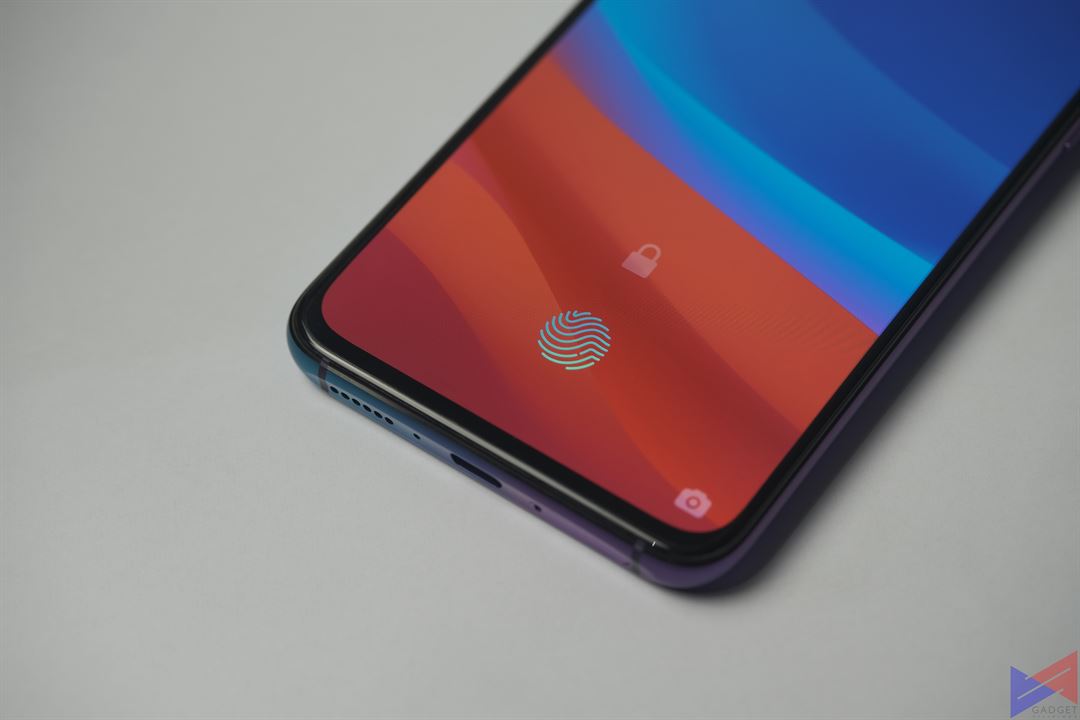 Moving with the times, the R17 Pro is also the first smartphone from the brand to have an in-display fingerprint scanner. And while the implementation is evidently better compared to the other brand, the position of the scanner is slightly lower than where your thumb would naturally land when using the phone. Which means you have to sort of reach for it.
Moving with the times, the R17 Pro is also the first smartphone from the brand to have an in-display fingerprint scanner. And while the implementation is evidently better compared to the other brand, the position of the scanner is slightly lower than where your thumb would naturally land when using the phone. Which means you have to sort of reach for it.
Should you find fingerprint scanning a bit too tedious, there’s always Face Unlock, which works fast, and works well, even in less than ideal lighting conditions.
Camera
Moving on to optics, the OPPO R17 Pro has a triple rear camera system with AI Scene Detection. The main camera can switch the aperture from f/1.5 for better low-light shots, to f/2.4 for standard day shots. They call it Smart Aperture.
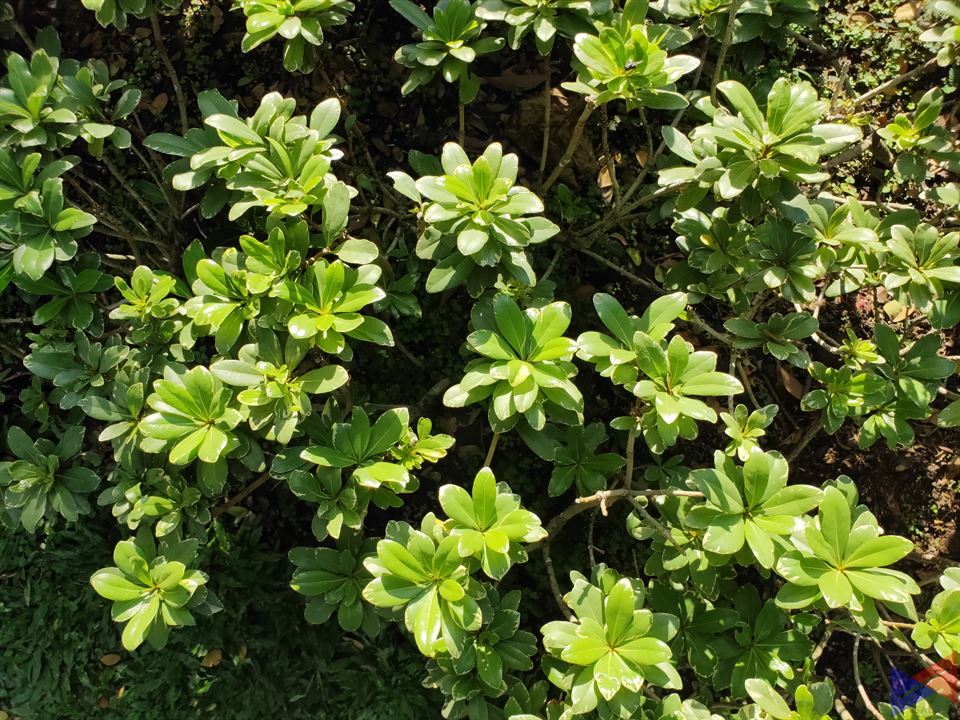
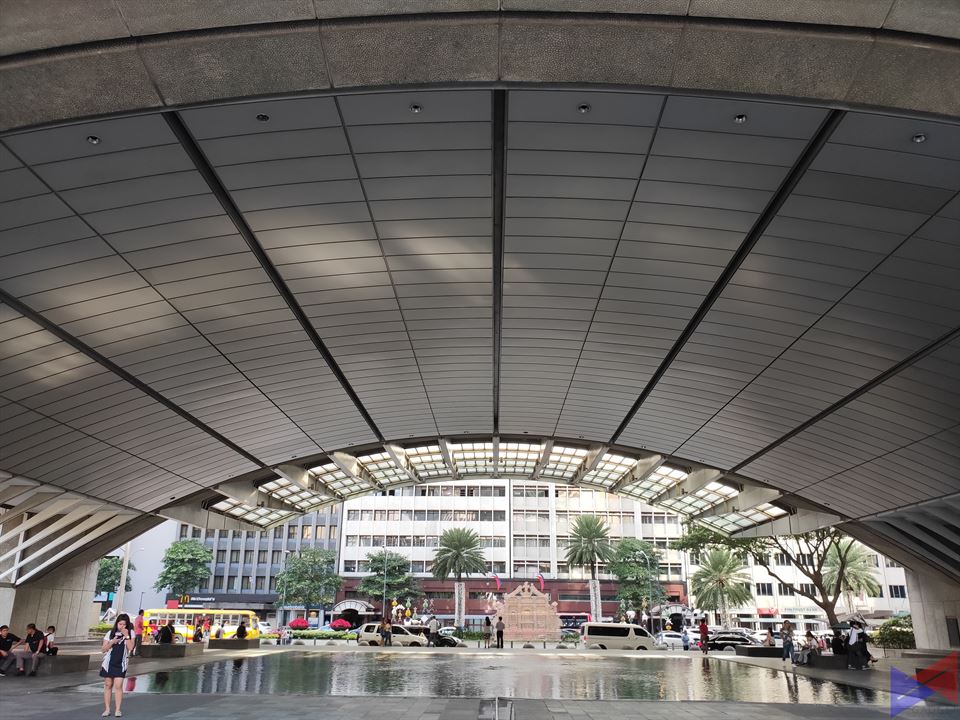
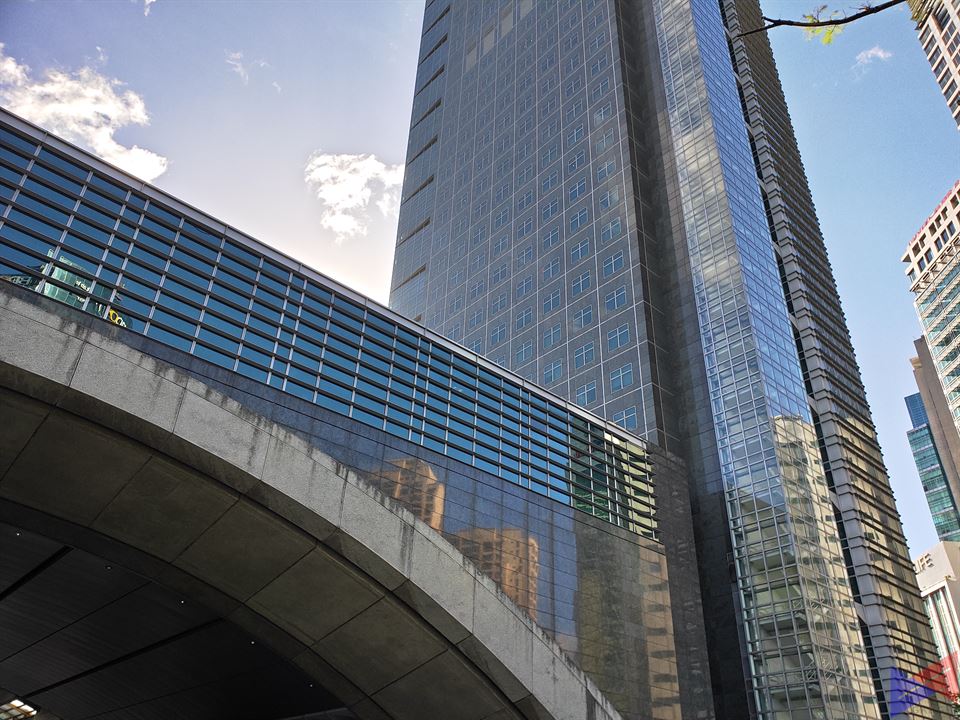 For day shots, details are certainly impressive, so as sharpness and contrast. Color accuracy is also quite on point.
For day shots, details are certainly impressive, so as sharpness and contrast. Color accuracy is also quite on point.
The depth effect also seems refined with no signs of pixelation, and the camera is able to clearly distinguish the areas it should and should not blur.
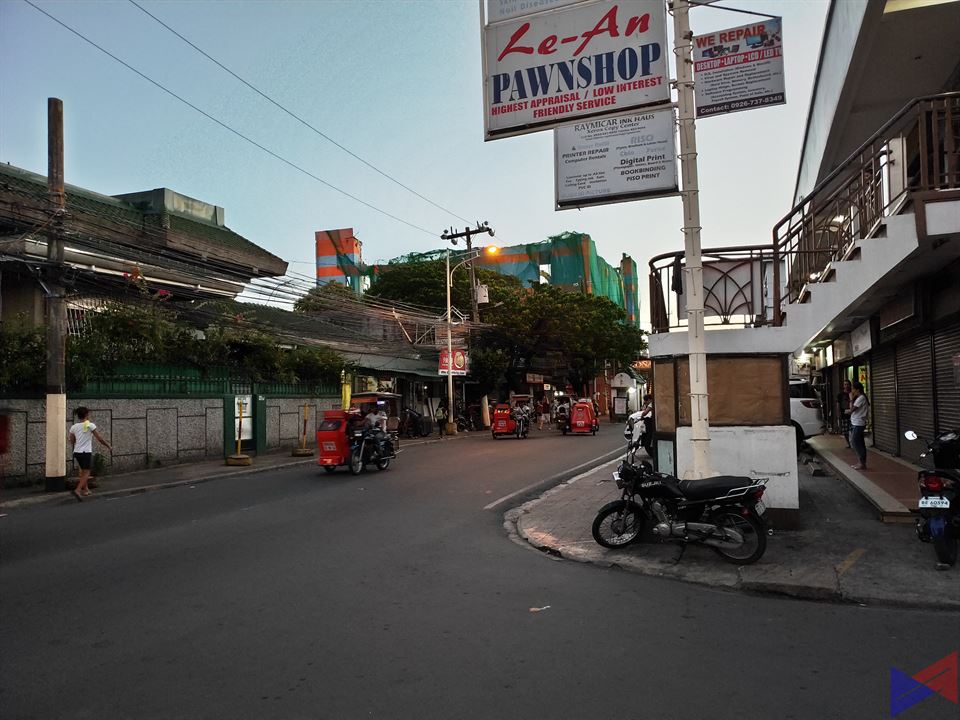
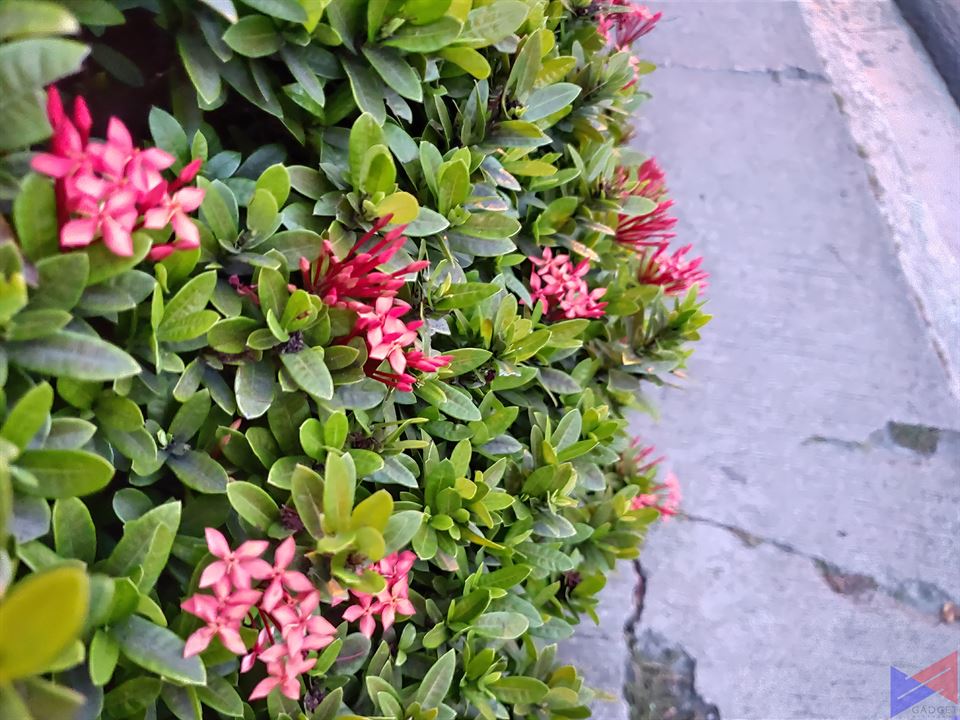 Seemingly the forte of this phone, low-light shots are impressive, and exhibit good detail despite the condition. The R17 Pro can take a 3-second long exposure shot without a tripod, which a good feature to have.
Seemingly the forte of this phone, low-light shots are impressive, and exhibit good detail despite the condition. The R17 Pro can take a 3-second long exposure shot without a tripod, which a good feature to have.
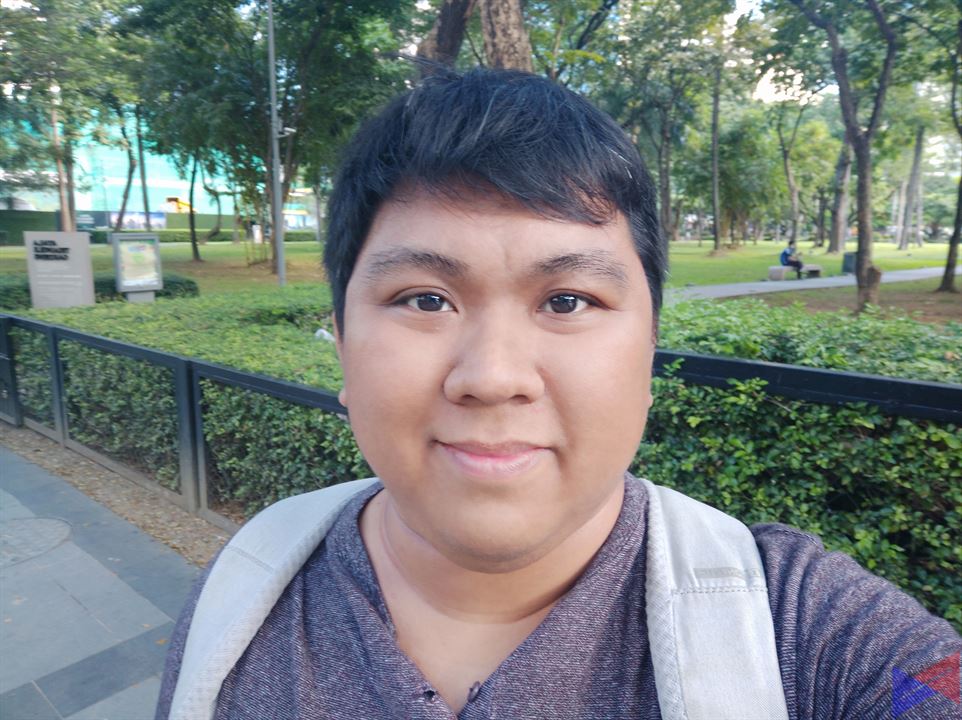
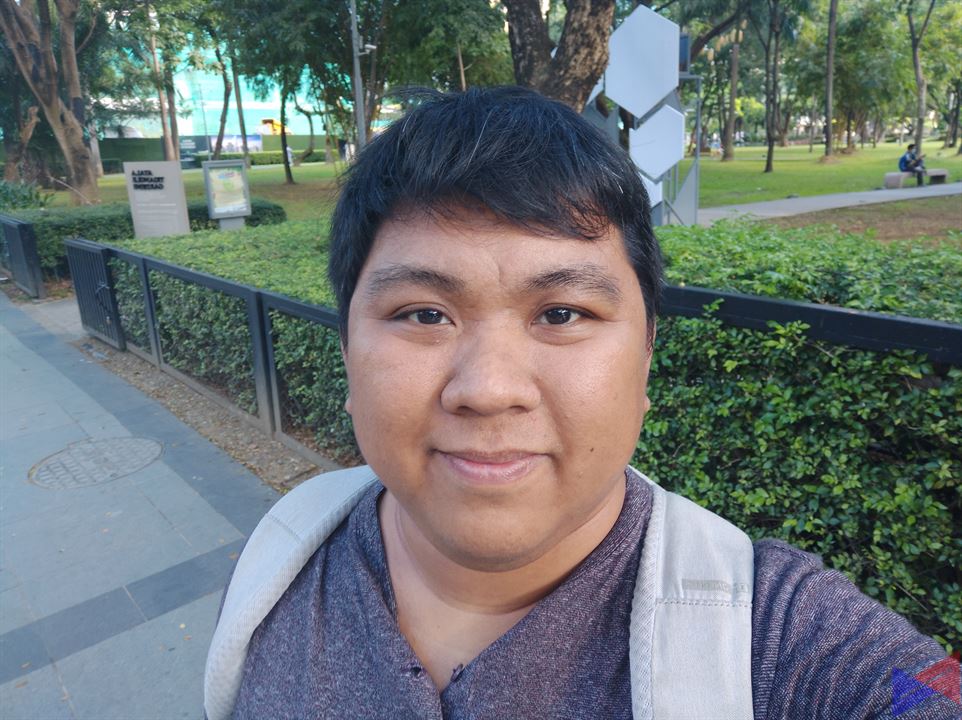 The 25MP selfie camera boasts AI-assisted beautification, which I find a bit too aggressive in correcting blemishes and making your face look smoother.
The 25MP selfie camera boasts AI-assisted beautification, which I find a bit too aggressive in correcting blemishes and making your face look smoother.
Performance
Let’s talk about performance. The R17 Pro is one of the first few devices to run on the Qualcomm Snapdragon 710 octa-core processor coupled with 8GB of RAM to ensure optimal performance even when multiple apps are running.
While we don’t have actual benchmarks yet, we can tell you that gaming on this phone is a joy. In this footage, we’re playing PUBG at HD + High FPS setting, and the phone isn’t showing any signs that its struggling.
Software
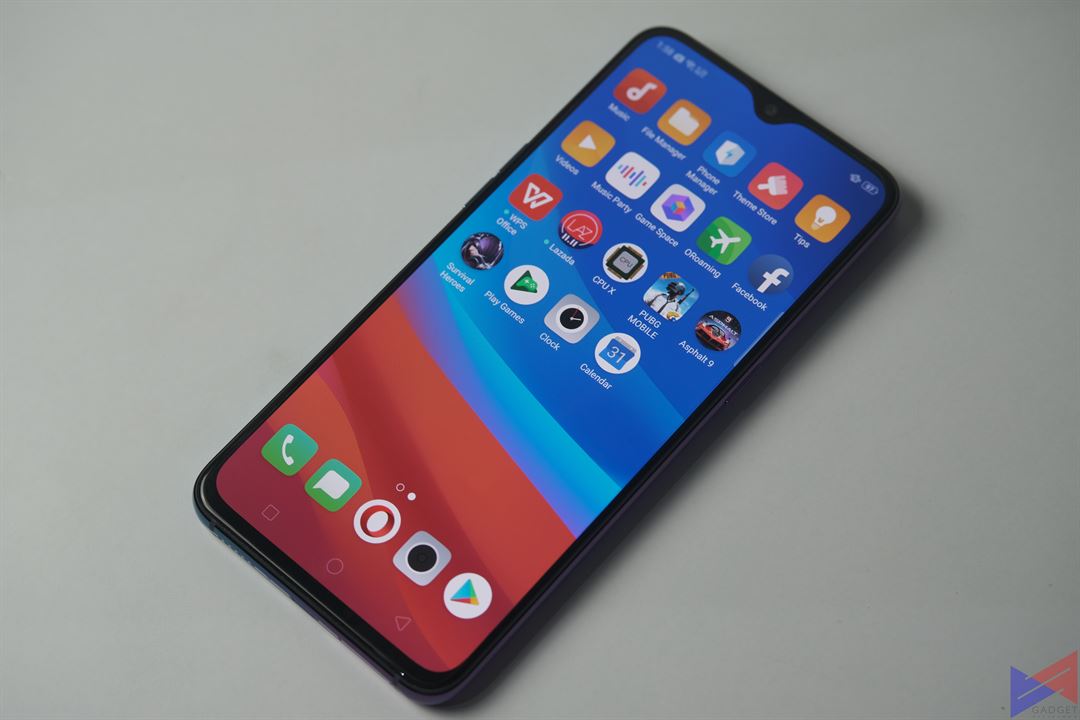 The R17 Pro runs on Android 8.1 Oreo with OPPO’s ColorOS 5.2 on top. As such, you get the same colorful motif that’s quite lively, and makes the UI a bit more fun to use. Navigating the UI is smooth and fluid. No signs of stutters or lag.
The R17 Pro runs on Android 8.1 Oreo with OPPO’s ColorOS 5.2 on top. As such, you get the same colorful motif that’s quite lively, and makes the UI a bit more fun to use. Navigating the UI is smooth and fluid. No signs of stutters or lag.
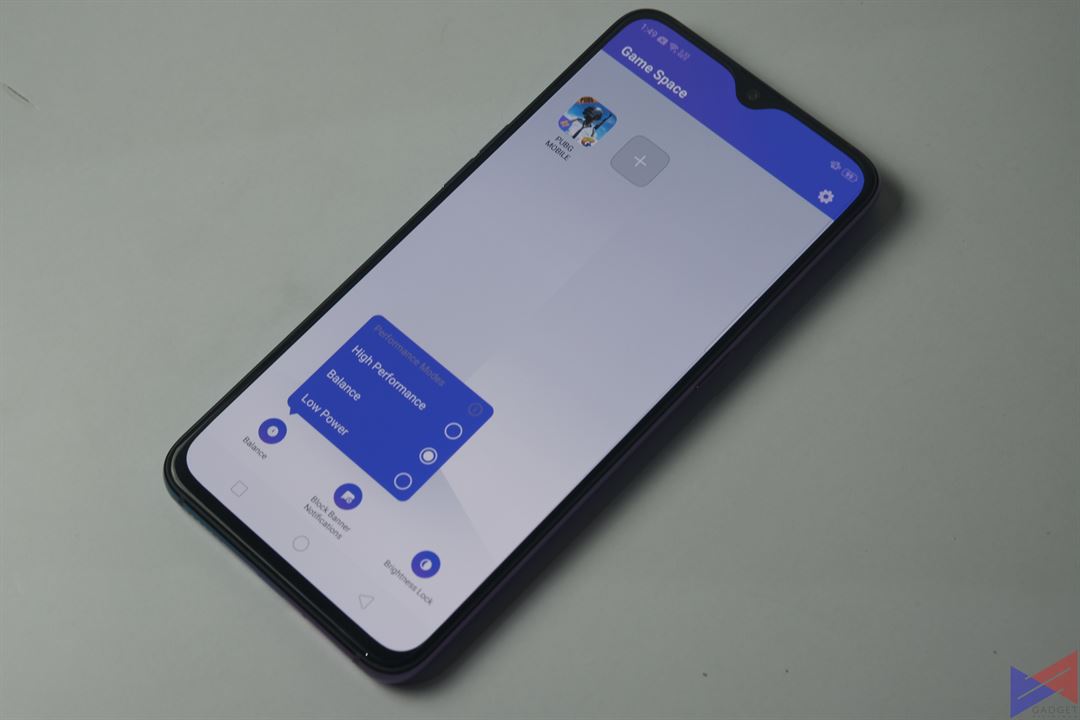 You also get the same features from the F9, such as Game Space, which holds a bunch of options for optimizing the phone’s performance when gaming, as well as enabling game assistant, which gives you the option to capture screenshots, or even record your gameplay.
You also get the same features from the F9, such as Game Space, which holds a bunch of options for optimizing the phone’s performance when gaming, as well as enabling game assistant, which gives you the option to capture screenshots, or even record your gameplay.
Initial Verdict
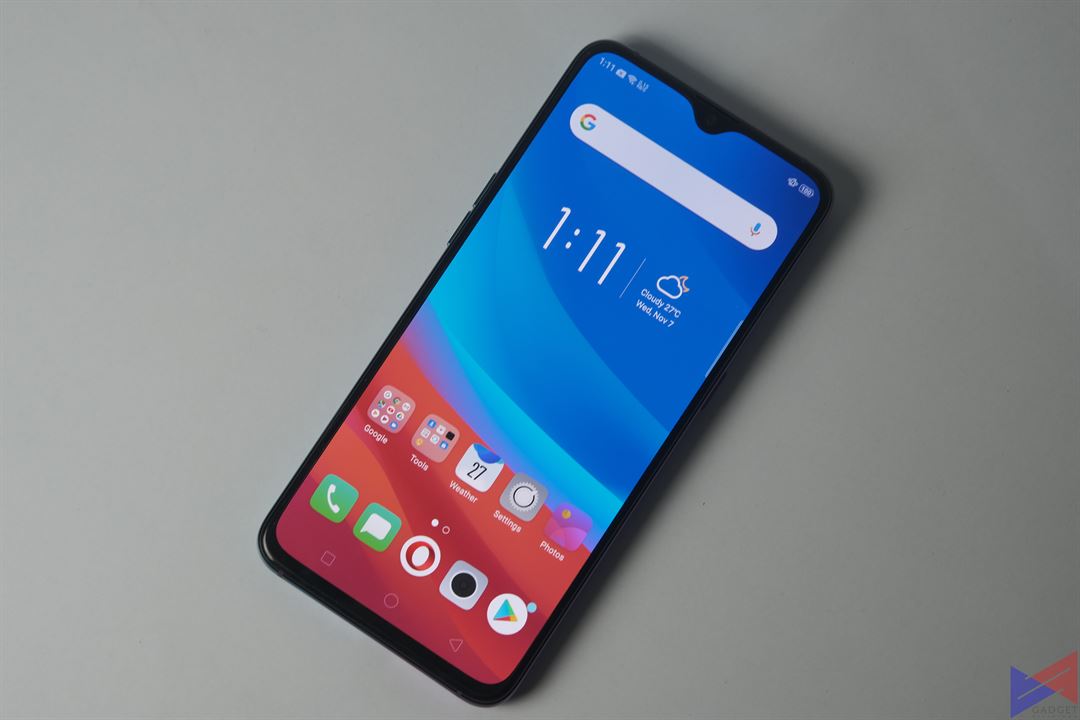 There’s still quite a few more things for us to do before we can rate this phone properly. But for now, we’re quite enjoying our time with it. The performance is certainly stellar for a smartphone, and it seems like OPPO has done its homework with the cameras as well, giving you more than decent quality photos with good detail and color reproduction.
There’s still quite a few more things for us to do before we can rate this phone properly. But for now, we’re quite enjoying our time with it. The performance is certainly stellar for a smartphone, and it seems like OPPO has done its homework with the cameras as well, giving you more than decent quality photos with good detail and color reproduction.
Emman has been writing technical and feature articles since 2010. Prior to this, he became one of the instructors at Asia Pacific College in 2008, and eventually landed a job as Business Analyst and Technical Writer at Integrated Open Source Solutions for almost 3 years.





